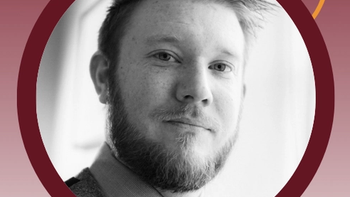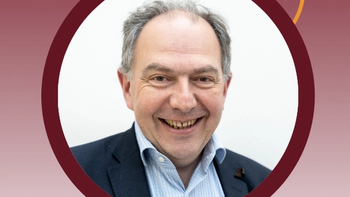
Orphan Drugs Remain Orphans if There is No Funding to Reach Patients
European health officials and patient advocates speak bluntly on the treatment access dilemmas for patients with rare diseases-and point to opportunities in translational research and joint negotiations with manufacturers as possible solutions to close gap.
Developing drugs for rare diseases is only part of the battle, underlined a galaxy of speakers at a symposium in Brussels at the end of February. The European health commissioner Vytenis Andriukaitis put the problem squarely: "People with rare diseases already endure years of uncertainty waiting for their disease to be diagnosed and for an appropriate treatment to be found. Then they have to face other difficulties: finding appropriate treatments-if the treatment is available and affordable and if he or she can access the treatments in the country where they live."
There are huge opportunities from current translational research, said Yann Le Cam, the head of the European rare diseases patient organization, Eurordis. He has been a leading campaigner for 25 years for patients with rare diseases, and is well aware of the successes there have been. But he is also aware of the continuing gaps. "We need to adapt. We need a new model," he said.
The main issue for Le Cam is now patient access to treatments, with an estimated one-third of all rare disease patients not receiving the medicines that are already approved for their condition. The problem is particularly acute in smaller European countries, and children are dying there even when effective treatments exist.
The reason is clear. Some important medicines are not being made available because they are perceived to be too expensive in relation to their determined value. But, emphasized Le Cam, countries make that determination of value in widely differing ways, leading to divergent decisions about reimbursement. His recommendation was for more consistent decisions, based on the collection of real-world evidence of in-clinic use across the targeted patient population.
Belgian MEP Philippe De Backer also said the system as it stands today doesn't work. In the European market there are still dozens of different national procedures and regulatory regimes, leading to 28 different situations for patients suffering from a rare disease. His favorite answer is to create a European approach for rare diseases. This would aggregate demand at the European level, and provide a single point of entry for health technology assessment and for reimbursement through a special fund. This would provide equal access for all patients throughout the EU, with economics of scale allowing for cheaper acquisition of the medicines.
Commissioner Andriukaiti spelt out some of the moves currently taken by the European Commission to bring solutions. He is aiming to streamline the regulatory framework for orphan medicines this year by reviewing the criteria for winning orphan drug status. "The objective is to reward innovative treatments and to adapt the texts to scientific progress," he said.
At the same time, he is pursuing wider discussions with national authorities-in a new group of experts with the improbable acronym of STAMP-on how to ensure early patient access to treatments. But he admitted that these talks had made it clear that optimizing authorization procedures and speeding them up cannot alone improve patient access. There has to be a link with health technology assessment (HTA) and with reimbursement policy, he said.
And for Joe De Cock, head of the Belgian health insurance funds, the symposium was a useful response to what he called "unmet societal need to bring together all the stakeholders involved." He highlighted the joint initiative by the Netherlands, Belgium, and Luxembourg to collaborate on discussions with companies in a bid to ease the challenges of ensuring access patient access. He promised information by the end of March on the planned pilot project to test joint negotiation with the manufacturer of an orphan medicine.
For two days, more than 200 researchers, politicians, company executives, and government officials focused on the challenges, with in-depth workshops on the social value of orphan medicines, value assessment, immediate patient access, and improving information for HTA decisions. The energy going into the symposium was huge, the desire for constructive consensus was manifest-but the discussions came up time and time again against the implacable reality that without someone somewhere putting up the money for patient access, orphans will remain truly orphans.
Newsletter
Stay current in clinical research with Applied Clinical Trials, providing expert insights, regulatory updates, and practical strategies for successful clinical trial design and execution.




